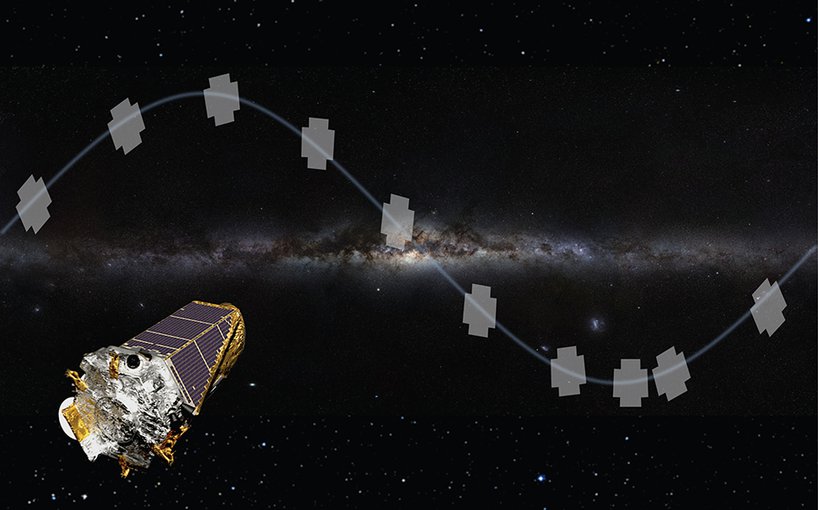
Aug. 16, 2018
Research Highlight
Small Planets around a Bright Young Field Star

Artist impression of the K2 Mission.Image credit: NASA.
Researchers using data from the K2 mission have identified three small planets transiting a young K3 dwarf star. The relative proximity and brightness of the host star, dubbed K2-233, makes the system an interesting candidate for radial velocity and atmospheric studies with future missions like the James Webb Space Telescope.
The report indicates that the two innermost planets are likely to be hot super-Earths, and the outer planet is likely to be a warm sub-Neptune world. The study also provides estimates of the stellar age of the system
The paper, “Three Small Planets Transiting the Bright Young Field Star K2-233,” was published in The Astronomical Journal. The work was supported by the Nexus for Exoplanet System Science (NExSS). NExSS is a NASA research coordination network supported in part by the NASA Astrobiology Program. This program element is shared between NASA’s Planetary Science Division (PSD) and the Astrophysics Division.